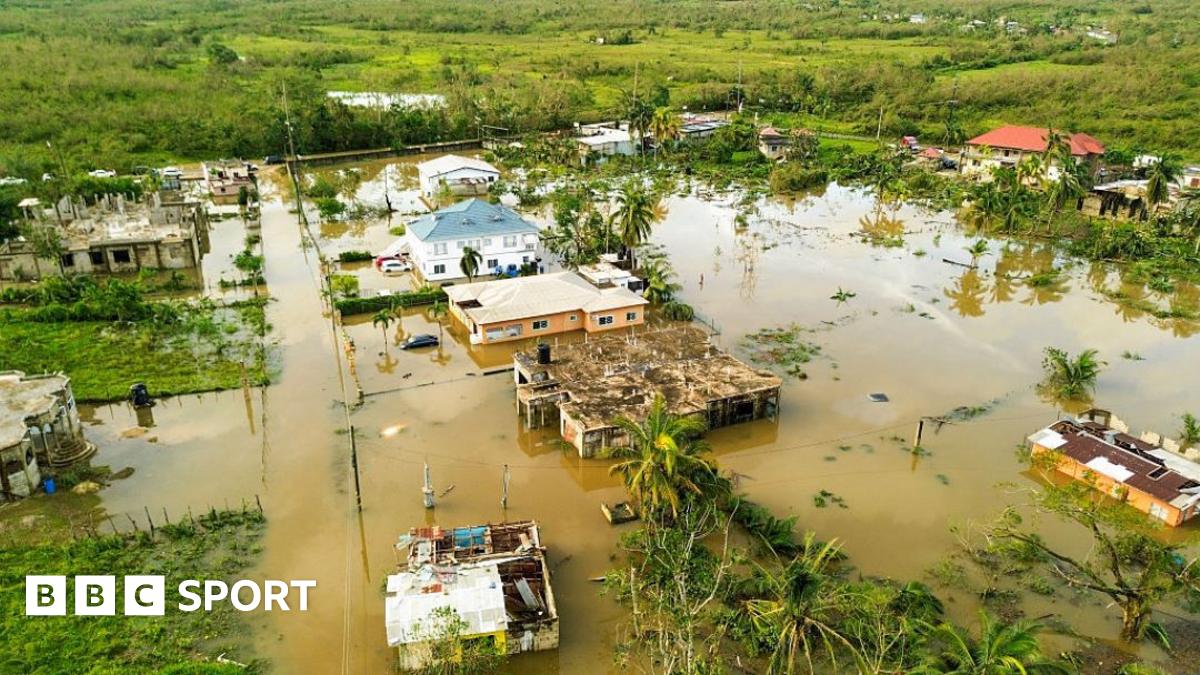England v Jamaica: Hurricane Melissa impact on Horizon Series
England Netball will donate £1 to Netball Jamaica’s chosen charity, World Central Kitchen, from every Horizon Series ticket sold – and has also announced fans will be able to contribute to the British Red Cross’ Disaster Fund.
The fixtures may be taking place under challenging circumstances, but England captain Francesca Williams said her team’s approach remains unchanged.
“We’re definitely not holding back,” Williams told BBC Sport.
“You are always going to put out your best performance possible and do what you can to help the team win. That’s showing the other team the most respect, playing to your best ability.”
While these matches represent “more than the scoreline”, the Jamaican side will be “coming just as hard” as they would if it were in different circumstances, Williams said.
But for them, it is also a chance to bring joy to people back home.
Sutherland said people in Jamaica “are setting their alarm, and putting on their black, green and gold” to watch the games on television.
She hopes the TV audience include her grandfather if the power is restored to his area in time.
“He’s really excited that I’m on tour, asking how he will watch the game,” she said.
“It means a lot to him. He walks around telling everybody: ‘My granddaughter is a Sunshine Girl!'”
